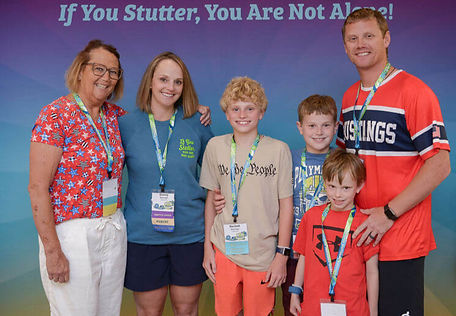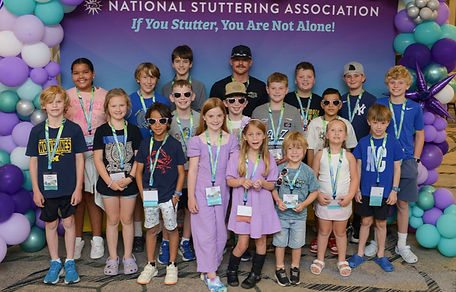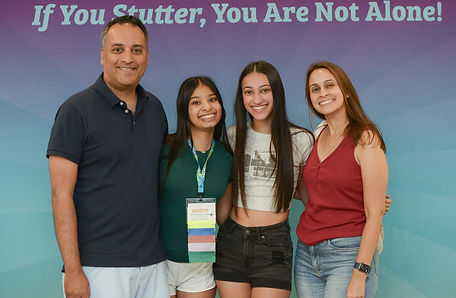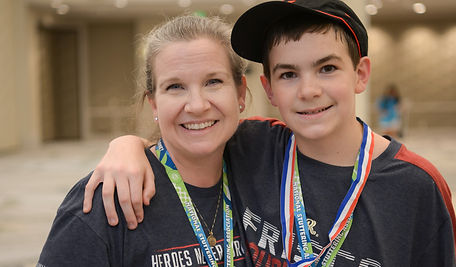
.png)
NSA® Family Programs is dedicated to providing hope, empowerment, and support for children, tweens, and teens who stutter, as well as their families. Through the NSA, you will become part of a community of people who understand stuttering and how to help people who stutter. Together, we can make a real difference in your child’s life, and the lives of the family members who love and support them.
_edited.jpg)

Get Involved
The NSA offers more than just hope, we offer connection. By getting your child and yourself involved in the stuttering community, everyone benefits. Your child benefits from developing friendships with kids their age who stutter. You benefit from experiencing more of your child’s journey and from connecting with other parents. Below are a few ways to get involved with the NSA, and for more information and ways to get involved, contact our Family Programs Chair, Holly Nover.
Local Chapters for Kids, Teens & Families
We offer an extensive network of Local Chapters specifically for Kids (ages 7-12) and Teens (ages 13-17) and their parents, family members, and speech-language pathologists. Local meetings provide a safe haven to share feelings, learn that you are not alone, and have fun!

_edited.jpg)
Annual Conference
The Annual NSA Conference is a one-of-a-kind event, bringing together hundreds of people who stutter. Each day is filled with laughter, friendship, support, information, excitement, encouragement, motivation, new ideas, and new perspectives. It’s a place where people who stutter are in the majority and everyone understands what you’re going through.
Local & Virtual Events
The NSA puts on various local events throughout the year, from our 1-Day Conferences to our Don’t Tell Me to ‘Slow Down’ 5Ks and film screenings, and so much more. These events bring together children and teens who stutter, their families, and speech-language pathologists for learning, support, and growth. We also offer various virtual events throughout the year through our NSA Connects sessions.

_edited.jpg)
Get Informed
Become a partner in your child’s journey by learning all you can about how they are managing their stuttering. Ask them about what they are experiencing with their speech, and do your best to learn from those experiences. Your child is the expert about their speech, but knowing that you are there will give them the support and encouragement they need to overcome the many challenges they will face.
Resources
We have educational resources for persons who stutter of all ages, as well as their family members and other interested persons.

